Holland & Hart

Holland & Hart

Michael Geraghty
Holland & Hart

Holland & Hart
ost contractors are familiar with the federal Occupational Safety and Health Administration, or OSHA. Alaska is one of twenty-two states with an OSHA-approved “state plan” covering occupational safety and health issues for both public and private employees. This state plan is modeled after the federal rules and is maintained and enforced by the Alaska Occupational Safety and Health Section, or AKOSH. Like OSHA inspectors in other jurisdictions, AKOSH inspectors monitor project sites across the state and have the authority to issue citations if they observe a contractor’s employees violating safety laws.
The initial cost of an AKOSH citation is often modest. For example, first-time penalties for “serious” violations range from $1,036 to $14,502 and the penalties can often be reduced in exchange for cooperation and prompt payment.
However, if a contractor accumulates multiple violations over time, the cost quickly escalates. The penalty for repeated violations ranges from $10,360 to $145,027. Even more significant, however, can be the cost of lost work. Contractors with a history of safety violations may be ineligible to compete for certain public projects and may be less competitive as bidders on private projects if safety records are considered.
The best way to avoid being penalized by AKOSH is to ensure that no safety violations occur; however, even the most responsible contractors may sometimes find themselves on the receiving end of a citation. When this happens, contractors should consider possible defenses to a citation before reaching for their checkbooks to pay it—even if the cost of the citation seems relatively minor.
The basic premise of the employee misconduct defense is that it would be both unfair and would not promote employee safety and health to penalize an employer for conditions that were attributable to employee misconduct, unpreventable, and not likely to reoccur.
In Alaska, there are four essential elements that an employer must prove to properly assert a defense of employee misconduct.
- First, the employer must show that it had a written rule in place which addresses the safety concern at issue and is appropriately designed to prevent the violation. The rule must be specific enough to clearly inform employees of their responsibilities in relation to the safety standard. A rule stating that employees “must follow all safety rules and regulations” would be insufficient.
- Second, the rule must be adequately communicated by the employer to the employee. Burying a safety rule in an employee handbook, without the expectation that employees have read or understood it, will prevent an employer from invoking this defense. Further, regular communication of an employer’s safety rules and expectations is important for meeting this second element.
- In one case, the AKOSH Review Board ruled that a contractor had “barely satisfied the second requirement to communicate the safety rule,” even though there was evidence that the rule “was communicated in several ways to [employees], and there seemed to be no misunderstanding among employees as to what to do.” Nevertheless, the Board was skeptical of the employer’s efforts at communication because there was limited evidence showing “regular, effective, and timely delivery of safety information” relating to the issue at question.
- Third, the employer must take reasonable steps to discover safety violations. This has been described by the AKOSH Review Board as a requirement for employers to “exercise reasonable diligence in detecting workplace hazards” which may include an inspection program of the employer’s own, designed to discover unsafe practices or site conditions.
- Finally, the employer must enforce its safety rules when violations occur. This includes effective discipline of employees who do not follow the rules. For example, employers who give repeated written warnings for violations with no actual penalties may face difficulty satisfying this element.
The common lesson between each of the four elements is that employers must be proactive in implementing and enforcing a safety program before a violation occurs, not after. This means developing comprehensive safety rules and procedures, ensuring that employees are properly educated on them, and then ensuring compliance with the safety program as a part of daily operations.
When safety violations are observed by an employer, the employer should clearly document any disciplinary actions taken. Contrary to what an employer might assume, maintaining a history of self-observed violations can actually help, rather than hurt, an employer’s chances of defending a subsequent citation for the same issue because it demonstrates that the employer is themselves committed to making sure its job sites are safe.
Partly for this reason, violations committed by supervisors are especially difficult to defend against, because it reflects more significantly on a contractor’s overall approach to safety. Even in those situations, however, the employee misconduct defense may still be available.
Safety is a perennial issue in construction. Contractors must take their duties to ensure job sites safety seriously and ensure that their projects are staffed by employees who are committed to—and trained in—safe practices.
Even when these steps are taken, however, violations will sometimes occur. When they do, employers should remember that they may not be liable and that there may be options available to avoid having
the citation added to their record.
Wiley Cason is an attorney in the Anchorage office of Holland & Hart. Cason assists contractors and other companies in resolving disputes and through each phase of litigation.
